By Neal Swayze
This past summer I was chosen as a Siegele Intern to work with the Colorado Natural Heritage Program. The internship lasted a total of ten weeks, with eight individual trips to different locations all around Colorado. I asked for the total CNHP experience, and did I get one! Working with a total of ten CNHP mentors, I learned botany, biology, field protocols, flexibility, teamwork, adaptability, and much more. It was a challenge to constantly be traveling and learning new tasks each week, but it was wonderful and exciting. Fieldwork was described to me as exhausting but ultimately rewarding, and I wholeheartedly agree! Nothing can compare to camping, working and living outdoors all summer. I am extremely grateful to have had the opportunity to contribute to meaningful conservation while having lots of fun.
Over the course of the summer, I traveled to Norwood, Great Sand Dunes National Park, Colorado Springs, Steamboat Springs, Leadville, Gunnison, Pinyon Canyon Maneuver site, and Saguache County. I contributed to a wide variety of conservation work, including rare plant monitoring/surveys, wetland/ungulate use research, wildlife surveys, small mammal trapping, bat monitoring, sagebrush sampling, a bio-blitz, and finally pitfall trap setup/lizard surveys. It was an eventful summer, and I got a true taste of conservation research while learning the skills necessary to be a member of a conservation field crew. I learned how to be ready and flexible for anything nature could throw my way, while still enjoying the outdoors.
One of my favorite experiences was working on the wetlands at Great Sand Dunes National Park. I worked with other field techs to collect extensive quantitative measurements of wetland quality. We looked for traces of ungulate use including poop, grazing, and tracks. We also collected extensive botany data and water quality measurements. We had to dig small monitoring wells, as well as fix and repair broken ones. I learned how to thoroughly use a GPS, how to drive a 4 wheel drive vehicle, how to set up wetland monitoring plots, how to measure well depth, and how to use, clean, and maintain a water quality probe. I really enjoyed working with the park rangers and field techs, and I learned more than I could have ever expected.
It was a powerful experience to get out in the field, which was something I felt I was missing in my undergraduate education. I learned the value of raw experience, and how nothing else can replace walking around and observing the natural world. Learning from lectures and books is valuable and helpful, but nothing compares to learning out in the field. I highly recommend the CNHP Siegele internship, as I feel it helped catalyze my understanding of ecosystem ecology as well as link together previous knowledge from school with the real world. Plus, if you get the internship you get to see stunning, mild blowing sunsets, and many other beautiful natural vistas! It was a blast of a summer, and it was over before I knew it. I cannot wait to get back into the field, and back to conservation science. I look forwards to more adventures with the CNHP!
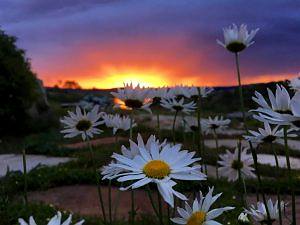 |
| Sunset at Lake Catamount, Steamboat Springs. |
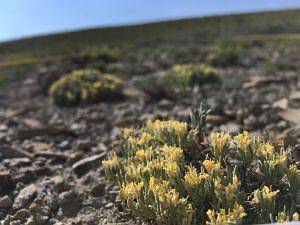 |
| Physaria pulvinata at Norwood. |
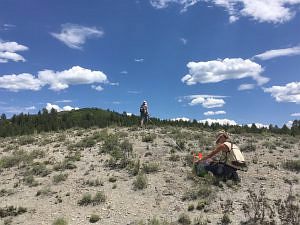 |
| Dee and Sarah conducting monitoring plots for Physaria pulvinata. |
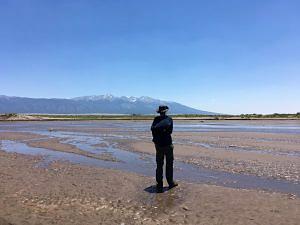 |
| Tyson looking out over the river that runs through Great Sand Dunes. |
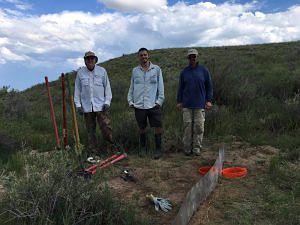 |
| Bobby, Neal and John after completing lizard pitfall traps in Pinyon Canyon. |




